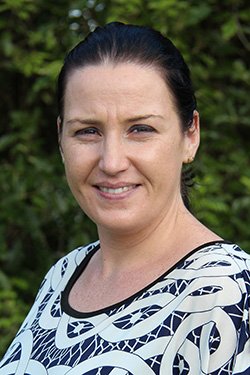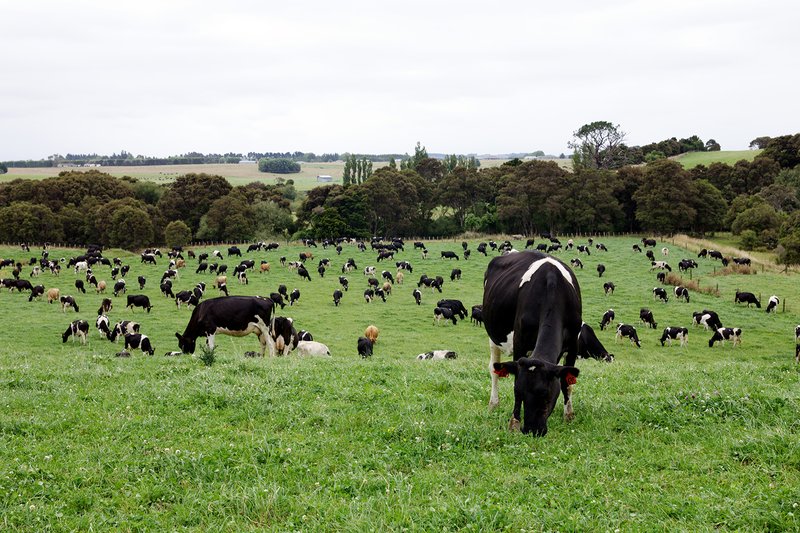 Once calving is done, get the new season off to a solid start by using the first set of herd test information to improve udder health and milk quality.
Once calving is done, get the new season off to a solid start by using the first set of herd test information to improve udder health and milk quality.
Early infections can permanently depress a two-year-old’s production, so chances are it’ll pay good dividends to at least limit, and remedy, these infections quickly.
Herd testing will help you do this by tracking new infections, and identifying individual animals that are causing the bulk milk somatic cell count (SCC) to rise.
If heifers with high or moderately-high SCC can be identified through the first herd test, the vet can be consulted for the best course of action.
Addressing potential issues early-on, particularly among younger stock, gives the animal a greater chance of reaching its lifetime potential.
And -- grading or not -- by at least lowering the bulk milk SCC, it's likely there'll be a resulting increase to milk production.
For example, in moving SCC from 250,000 (cells/mL) to 150,000 (cells/mL), it’s estimated by DairyNZ that up to 1.5% more milk can be expected annually (Smartsamm gap calculator, August 2014, DairyNZ).
Translated across an average herd of 419 cows doing 372 kg/MS, that equates to a financial benefit of up to $15,785 (at a $6.75 pay out).
The side-benefit should be a significant decrease in animal health costs.
Herd testing reports show which animals have repeatedly exceeded the SCC threshold, and should assist later in the season when it comes to culling decisions.
The reports also help many farmers and their vets with strategic, selective dry cow treatment decisions.

Better information, better knowledge, better decisions, better herd test.
- Herd testing provides farmers with certified quality animal production information
- It identifies high- and low-producing animals
- It helps clarify health issues
- It assists with management decisions on farm
- Herd test data is translated into a comprehensive range of animal performance reports
- On average, most farmers herd test three to four times throughout the season.





